-
 bitcoin
bitcoin $114779.865156 USD
2.30% -
 ethereum
ethereum $4226.519789 USD
2.39% -
 tether
tether $1.000545 USD
0.04% -
 xrp
xrp $2.890223 USD
0.92% -
 bnb
bnb $1030.029301 USD
2.95% -
 solana
solana $212.824944 USD
1.69% -
 usd-coin
usd-coin $0.999757 USD
0.01% -
 dogecoin
dogecoin $0.234961 USD
-0.27% -
 tron
tron $0.337174 USD
0.42% -
 cardano
cardano $0.804783 USD
0.09% -
 hyperliquid
hyperliquid $45.748770 USD
-2.85% -
 chainlink
chainlink $21.699170 USD
0.82% -
 ethena-usde
ethena-usde $1.001452 USD
0.08% -
 avalanche
avalanche $30.237800 USD
1.14% -
 stellar
stellar $0.372604 USD
1.52%
How do I use the Parabolic SAR indicator for a trailing take-profit?
The Parabolic SAR helps crypto traders identify trend direction and set automated trailing take-profits, adapting dynamically as price moves in their favor.
Sep 14, 2025 at 05:36 am
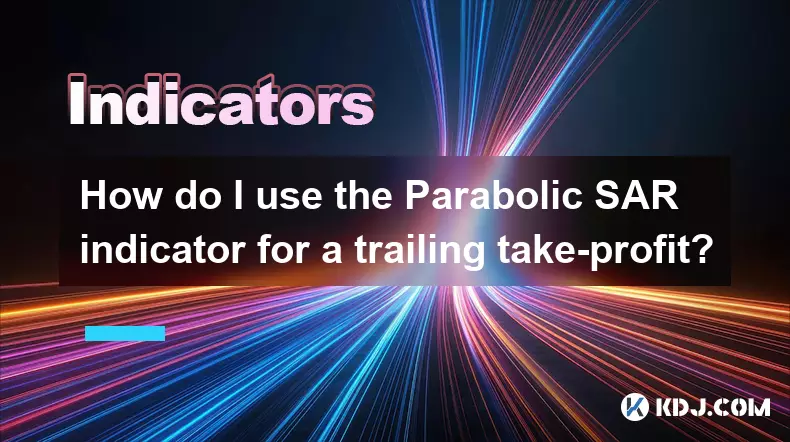
Understanding the Parabolic SAR Indicator
1. The Parabolic SAR (Stop and Reverse) is a technical analysis tool developed by J. Welles Wilder to identify potential reversals in market price movement. It appears as a series of dots placed either above or below the asset’s price on a chart. When the dots are below the price, it signals an uptrend; when they are above, it indicates a downtrend. This binary positioning makes it useful for determining directional bias in volatile markets such as cryptocurrency.
2. In the context of crypto trading, where price swings can be extreme and rapid, the Parabolic SAR helps traders stay aligned with momentum. Because digital assets often experience extended trending periods, especially during bull or bear cycles, the indicator's ability to follow trends makes it particularly relevant. Traders use these visual cues not only to time entries but also to manage exits efficiently.
3. The formula behind the Parabolic SAR involves an acceleration factor that increases as the trend extends, causing the dots to converge closer toward the price. This dynamic behavior forms the foundation for its use in trailing stop mechanisms. As the acceleration factor rises, the SAR adjusts more aggressively, tightening the distance between the indicator and the current price.
4. One major advantage in using this indicator for trailing take-profit levels is automation through logic rather than emotion. Instead of manually adjusting exit points, traders can rely on the SAR’s evolving position to lock in profits incrementally as the trend progresses. This reduces the risk of exiting too early or holding too long during a reversal.
Setting Up Trailing Take-Profit with Parabolic SAR
1. To implement a trailing take-profit using Parabolic SAR, a trader must first confirm the direction of the trend. In an uptrend, where the SAR dots are positioned beneath the candles, long positions can be initiated. The current SAR value at the time of entry becomes the initial reference point for the trailing mechanism.
2. As each new candle closes, the SAR recalculates based on the latest price data and acceleration factor. The updated SAR value then serves as the new take-profit level. For instance, if a Bitcoin long position was entered at $40,000 and the SAR was at $39,500, subsequent SAR values rising to $40,200, $40,800, and so on, would shift the take-profit upward accordingly.
3. This method ensures that profits are protected progressively without requiring constant manual oversight. If the price continues to rise, the SAR follows closely behind, capturing gains along the way. Should the price reverse sharply enough to touch or cross the SAR line, it triggers an exit signal, securing accumulated profits up to that point.
4. Some trading platforms allow scripting or algorithmic execution based on SAR values. By coding a rule such as “sell when closing price crosses below SAR,” traders automate their take-profit strategy entirely. This precision eliminates hesitation during fast-moving market conditions common in altcoin trading.
Optimizing Parabolic SAR Parameters for Crypto Markets
1. The default settings for Parabolic SAR—initial acceleration factor of 0.02, incrementing by 0.02 up to a maximum of 0.2—are designed for slower-moving traditional markets. In high-volatility environments like cryptocurrency, these settings may generate premature exit signals due to sudden price spikes or wicks.
2. Adjusting the acceleration factor allows customization based on asset behavior. For example, reducing the step increment from 0.02 to 0.01 can make the SAR less sensitive, preventing it from catching up too quickly to price during strong trends. Conversely, increasing the max acceleration factor enhances responsiveness during short-term momentum bursts.
3. Backtesting different configurations against historical data for specific coins—such as Ethereum, Solana, or Cardano—helps determine optimal parameters. A configuration that performs well on BTC might produce excessive whipsaws on lower-cap tokens due to differing volatility profiles.
4. Combining SAR adjustments with other filters, such as volume thresholds or moving averages, improves reliability. For instance, only updating the trailing take-profit when trading volume exceeds a certain average reduces false triggers caused by low-liquidity pumps or dumps.
Frequently Asked Questions
What happens when the Parabolic SAR flips sides?When the SAR switches from below to above the price (or vice versa), it signals a potential trend reversal. In practice, this means a long position should be closed, and depending on strategy, a short position could be initiated. For trailing take-profit purposes, the flip acts as the definitive exit trigger.
Can Parabolic SAR be used in ranging markets?No, it performs poorly in sideways or choppy conditions because frequent crossovers create false signals. In consolidation phases common in crypto after sharp moves, SAR generates multiple invalid reversal indications, leading to premature exits or repeated losses.
Is Parabolic SAR suitable for all cryptocurrencies?It works best on major coins with consistent directional momentum, like Bitcoin or Ethereum. Smaller altcoins prone to erratic pump-and-dump patterns disrupt SAR’s calculation rhythm, making it unreliable. Always assess liquidity and historical price structure before applying the indicator.
Disclaimer:info@kdj.com
The information provided is not trading advice. kdj.com does not assume any responsibility for any investments made based on the information provided in this article. Cryptocurrencies are highly volatile and it is highly recommended that you invest with caution after thorough research!
If you believe that the content used on this website infringes your copyright, please contact us immediately (info@kdj.com) and we will delete it promptly.
- BlockDAG, DOGE, HYPE Sponsorship: Crypto Trends Shaping 2025
- 2025-10-01 00:25:13
- Deutsche Börse and Circle: A StableCoin Adoption Powerhouse in Europe
- 2025-10-01 00:25:13
- BlockDAG's Presale Buzz: Is It the Crypto to Watch in October 2025?
- 2025-10-01 00:30:13
- Bitcoin, Crypto, and IQ: When Genius Meets Digital Gold?
- 2025-10-01 00:30:13
- Stablecoins, American Innovation, and Wallet Tokens: The Next Frontier
- 2025-10-01 00:35:12
- NBU, Coins, and Crypto in Ukraine: A New Yorker's Take
- 2025-10-01 00:45:14
Related knowledge
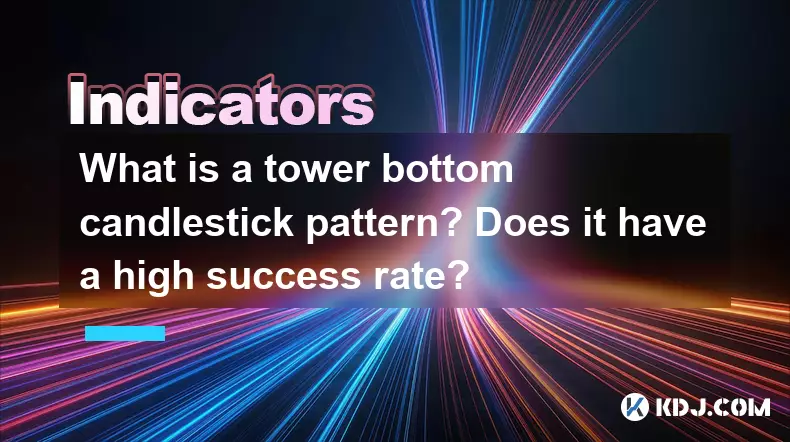
What is a tower bottom candlestick pattern? Does it have a high success rate?
Sep 22,2025 at 07:18am
Tower Bottom Candlestick Pattern Explained1. The tower bottom candlestick pattern is a reversal formation that typically appears at the end of a downt...
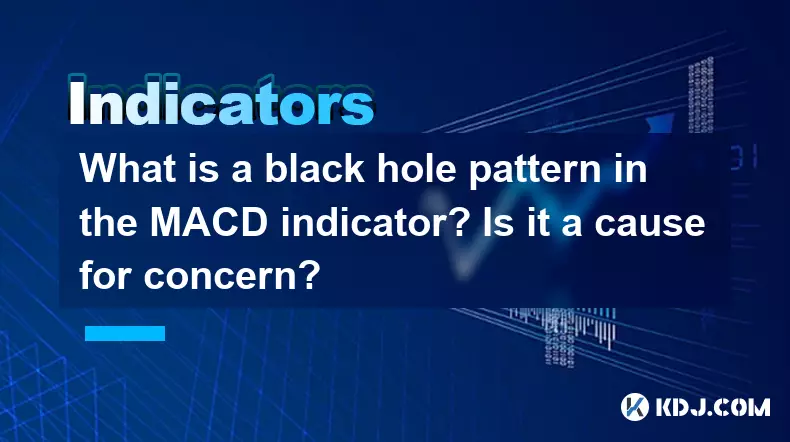
What is a black hole pattern in the MACD indicator? Is it a cause for concern?
Sep 21,2025 at 06:54pm
Bitcoin's Role in Decentralized Finance1. Bitcoin remains the cornerstone of decentralized finance, serving as a benchmark for value and security acro...

How can I use the psychological line (PSY) to determine market sentiment?
Sep 17,2025 at 02:19pm
Understanding the Psychological Line (PSY) in Cryptocurrency TradingThe Psychological Line, commonly referred to as PSY, is a momentum oscillator used...
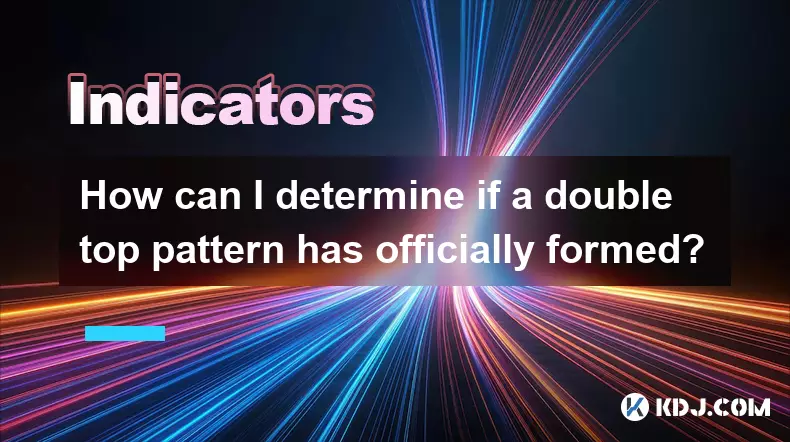
How can I determine if a double top pattern has officially formed?
Sep 21,2025 at 03:18am
Understanding the Structure of a Double Top Pattern1. A double top pattern consists of two distinct peaks that reach approximately the same price leve...
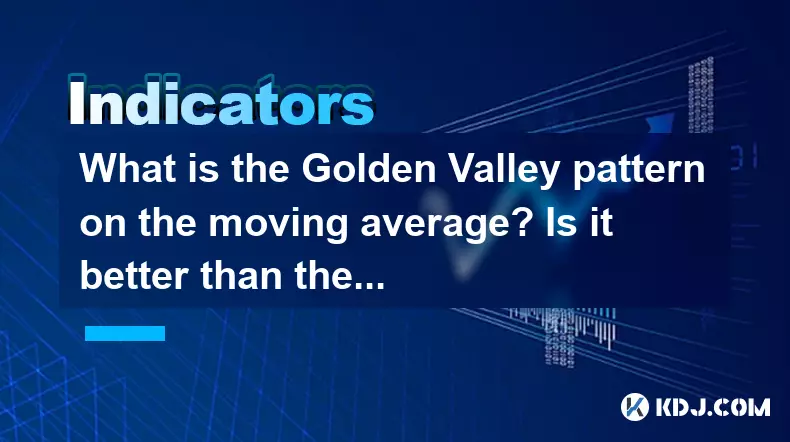
What is the Golden Valley pattern on the moving average? Is it better than the Silver Valley pattern?
Sep 21,2025 at 02:54pm
Understanding the Golden Valley Pattern in Moving Averages1. The Golden Valley pattern is a technical formation observed in cryptocurrency price chart...

What does a death cross of the RSI in the strong zone (above 50) mean?
Sep 17,2025 at 10:54pm
Understanding the Death Cross in RSI Context1. The term 'death cross' is traditionally associated with moving averages, where a short-term average cro...

What is a tower bottom candlestick pattern? Does it have a high success rate?
Sep 22,2025 at 07:18am
Tower Bottom Candlestick Pattern Explained1. The tower bottom candlestick pattern is a reversal formation that typically appears at the end of a downt...

What is a black hole pattern in the MACD indicator? Is it a cause for concern?
Sep 21,2025 at 06:54pm
Bitcoin's Role in Decentralized Finance1. Bitcoin remains the cornerstone of decentralized finance, serving as a benchmark for value and security acro...

How can I use the psychological line (PSY) to determine market sentiment?
Sep 17,2025 at 02:19pm
Understanding the Psychological Line (PSY) in Cryptocurrency TradingThe Psychological Line, commonly referred to as PSY, is a momentum oscillator used...

How can I determine if a double top pattern has officially formed?
Sep 21,2025 at 03:18am
Understanding the Structure of a Double Top Pattern1. A double top pattern consists of two distinct peaks that reach approximately the same price leve...

What is the Golden Valley pattern on the moving average? Is it better than the Silver Valley pattern?
Sep 21,2025 at 02:54pm
Understanding the Golden Valley Pattern in Moving Averages1. The Golden Valley pattern is a technical formation observed in cryptocurrency price chart...

What does a death cross of the RSI in the strong zone (above 50) mean?
Sep 17,2025 at 10:54pm
Understanding the Death Cross in RSI Context1. The term 'death cross' is traditionally associated with moving averages, where a short-term average cro...
See all articles










































































